November is National Diabetes Month, and for those with diabetes, feet are a huge concern.
Increased or decreased levels of insulin can result in many complications, including nerve damage. We see many patients with this foot numbness, often resulting in unnoticed wounds, dry cracked skin, unclipped toenails, etc.— which can lead to additional foot problems.
In this article, we’re outlining a few generalized diabetic foot care tips to help keep you or your loved one’s feet protected:
1. Test Water Temperature with Your Hands
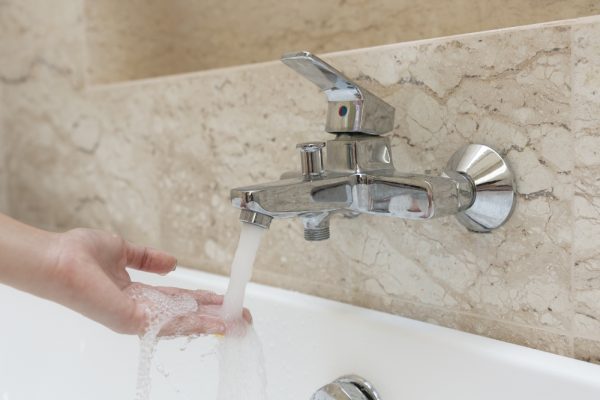
Those with diabetic foot problems commonly suffer from a condition called Diabetic Neuropathy. Damage to nerves cause these diabetics to experience burning or tingling sensations, or to lose partial or complete feeling in their feet and legs. This numbness makes it difficult to feel extremely hot temperatures, which can irritate wounds or scald the skin.
Instead of testing the water temperature with your numb feet, stick your hand in the tub first. Adjust accordingly and remember that warm water is your friend, not extreme heat which can dry your skin and irritate wounds.
2. Check for Foot Ulcers or Wounds
Insufficient blood flow or consistently high blood sugar levels can lead to the development of dangerous ulcers, which 15% of those with diabetes have, according to Advancing Foot & Ankle Medicine and Surgery (APMA). Look out for redness or swelling around the wound, drainage from puss or oozing and a foul smell from discharge. These symptoms often point to an infection— and require immediate care. Learn more about foot ulcers here.
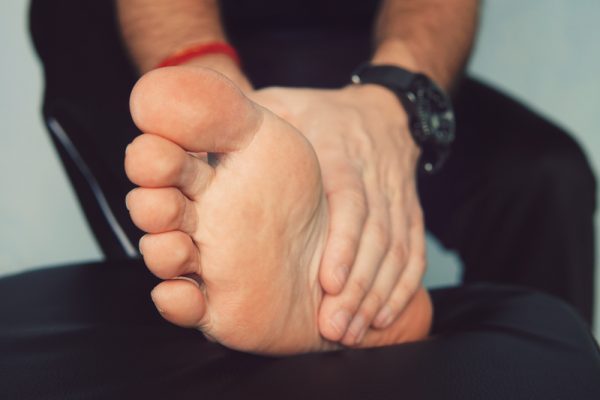
Even minor cuts or shoe rub marks from ill-fitting shoes can go untreated, as the sufferer might not feel pain if they are experiencing numbness. Because of this, it’s important for diabetics to inspect their feet daily for any abrasions or open wounds.
3. Avoid Walking Barefoot, Even at Home
Because diabetics with neuropathy have limited or full loss of feeling in their feet, they are less likely to notice if they step on something or injure their foot. A stubbed toe could lead to a cracked toenail or a piece of glass become wedged in foot padding, completely unknown to them! These events are more likely to happen if walking barefoot, even around their own home.
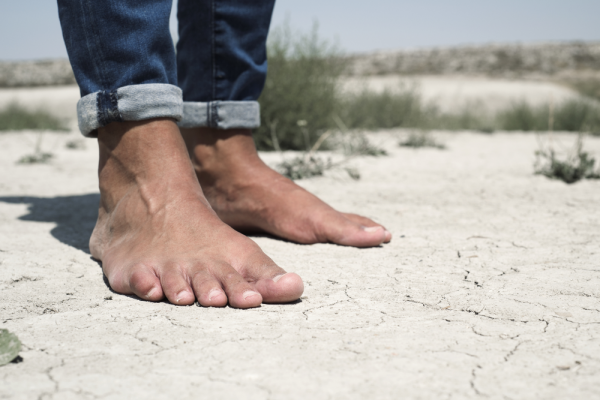
Those who walk barefoot are also exposing themselves to viral, bacterial and fungal infections. In fact, toenail fungus, Plantar warts, athlete’s foot, and other foot skin problems often form after direct exposure to contaminated surfaces. Our podiatrists have a whole post addressing the risks of going barefoot to explain why it’s often best to opt for shoes.
4. Skip the Salon Pedicure
While the idea of keeping your feet neat and polished is good in theory, diabetics could be putting themselves at risk when sitting in the salon pedicure chair. Wash tubs, pressure jet systems and reused pedicure tools and polish bottles are a breeding ground for bacteria if not properly cleaned or when shared— and pedicure infections are more common than you might think. Those with diabetes need to be especially cautious of filing off calluses too, as these microabrasions can leave your skin open to infection.
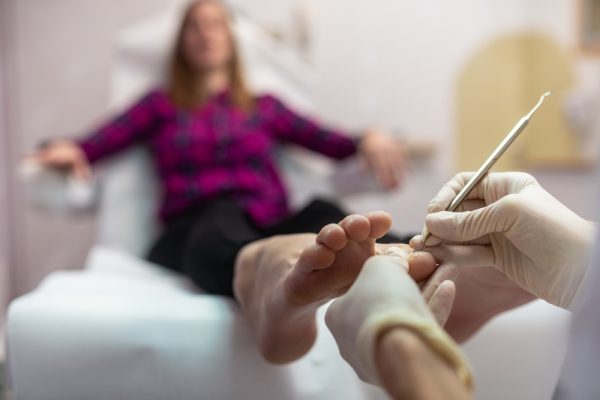
Performing a pedicure at home instead is a wonderful idea, as you can use your own sterilized tools and wash methods. We understand this is not always possible, but if you must go to a salon, don’t feel bad bringing your own polish and tools— and skip the water jets. A podiatrist can also help to properly trim your nails and care for any wounds.
5. Keep Your Feet Dry (But Not Too Dry)
Moisture matched with warm conditions inside of your shoes can promote bacterial growth or toe jam. Since those with diabetes are more susceptible to infection, it’s important to keep your feet dry— especially if paired with hyperhidrosis, a condition that causes excessively sweaty feet.
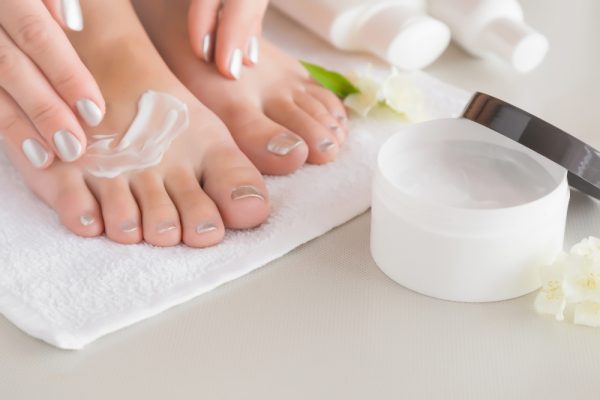
Use baby powder or a specialized foot powder to prevent moisture from forming and lingering in your shoes. Be mindful that while you don’t want your feet damp, you also don’t want to overdo it with drying and have cracked or flaky skin. Be sure to moisturize at night before bed with a gentle lotion to keep your feet soft.
Follow These Other Tips
Few realize that exercise is important for those with diabetes. The movement stimulates blood flow and can improve your circulation in the lower half of your body.
That’s just one addition tip you can find in our other article: 5 Secrets to Preventing Diabetic Foot Problems. We’ll also cover how quitting smoking is beneficial for diabetic patients and more; be sure to check to bookmark the post for later.
Routinely Visit Your Podiatrist
The trained eye of a certified podiatrist might see things you don’t. For what we can’t see on the outside, we have advanced MRI machinery to investigate any internal problems, like heel pain— which could be Posterior Tibial Tendonitis, caused by diabetic complications.
Let our team help you with all of your diabetic foot problems.
Explore our Diabetic Foot Care services and visit our contact page to make a quick appointment. Or, give us a call today at 239.936.5400.
Categorized in: Blog